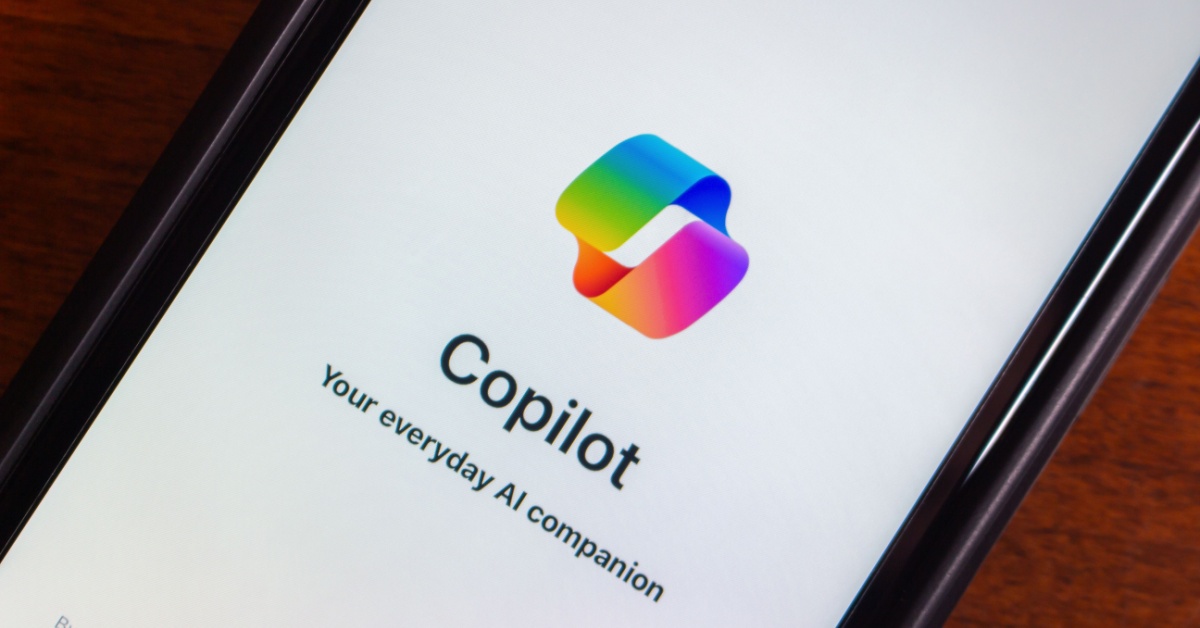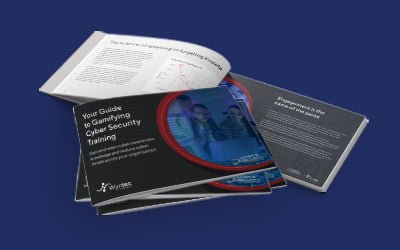The latest Microsoft Work Trend Index found that employees spend 57% of their workday in communication platforms such as Teams (meetings and messaging) and emails. 62% of people also reported spending excessive time searching for information.
Microsoft Copilot has emerged as an integrated AI solution to solve these inefficiencies and make data more accessible. For example, it can summarise action items from Teams meetings to help people understand the priorities in a fraction of the time it usually takes.
In January this year, Microsoft removed the 300-seat minimum purchase limit on Copilot and made it available to organisations of all sizes. With the barrier of entry lowered, more businesses can implement Microsoft Copilot to effectively manage the deluge of digital information. If you are among those eager to begin implementing this tool in your workplace, there are a few points to understand first.
Turning on Copilot: Readiness and optimisation
Your Microsoft Copilot journey includes two stages. The first is ‘Copilot Ready’. At this foundational level, your organisation has the appropriate licenses, Azure Active Directory, and specific features Copilot requires for use.
The ‘Copilot Optimised’ stage is where your organisation will truly begin to see the value. A Copilot-optimised organisation will have implemented data security measures such as SharePoint site restrictions, information protection labelling, data loss prevention strategies and retention policies. Some of this also depends on the licensing in your environment, with some activities more aligned with the E3 and E5 licences.
Data security, compliance and processing
In KPMG’s report ‘Trust in Artificial Intelligence: Global Insights 2023’, 73% of respondents shared concerns about potential AI risks, with 60% noting cyber security as their top concern.
If you plan to leverage Copilot, you should understand the risks of implementing it. Does the AI store data outside your organisation after using it? Are you breaking compliance requirements by using sensitive data in Copilot?
Copilot uses Microsoft’s existing security and compliance measures to secure your data. All data, even while processed by the AI, remains within the secure boundaries of the Microsoft environment. Microsoft encrypts the data used by Copilot in transit and at rest to maintain the integrity of organisational information and protect data from unauthorised access or breaches.
Copilot processes data within your organisation’s country to ensure compliance with local data protection regulations. For Australian organisations, it’s worth noting that Microsoft meets ISO requirements and standards set by the Australian Signals Directorate (ASD).
From ‘Trust in Artificial Intelligence: Global Insights 2023’ by KPMG
Audit your data and restrict its usage
Microsoft Copilot includes tools for auditing and managing how it uses your data. These tools allow your organisation to monitor and control data access and usage to ensure compliance with internal policies and regulatory standards.
The auditing capabilities in Copilot allow for detailed tracking of data interactions. These audits offer transparency by covering which users accessed what data and when. Such features enable your organisation to maintain visibility over data and promptly identify any potential misuse or security risks.
Moreover, Copilot’s approach to data usage ensures that organisations can implement measures to control how data is accessed and used. This includes setting permissions and applying data governance policies that align with the organisation’s security and compliance objectives. These measures mean that Copilot supports a secure and controlled environment for data usage, empowering organisations to leverage AI capabilities responsibly.
For example, as long as you have properly classified sensitive documents and restricted access to them, people without permission to view them cannot use Copilot to retrieve that data. However, an unlabelled document with sensitive data will become accessible to anyone in the organisation, so you must get your data security play right before enabling Copilot.
Understanding Copilot’s shared responsibility model
While Copilot uses Microsoft’s existing security features, it also uses a shared responsibility model. Your organisation is not responsible for the AI model, but you are responsible for how your business uses it. This responsibility includes:
- Enforcing data classification
- Controlling access and monitoring data use
- Establishing policies that meet security and compliance
- Training employees on proper usage
Using Copilot within Microsoft 365 applications
Microsoft Copilot adds generative AI capabilities to Microsoft 365’s applications, such as Teams, Word, Excel, PowerPoint, and Outlook. Copilot integrates automatically with these applications. Microsoft designed its functionalities to become a natural part of the existing application framework without significant changes to current workflows or compromising security standards. So, your organisation will not have to complete lots of work to enable Copilot. With that said, it’s also best practice to ensure your Microsoft 365 environment is Copilot-ready by focusing on compatibility and access permissions to facilitate seamless integration.
Conclusion
If your organisation has started using or plans to use Copilot, then you must undertake the steps to classify your data and ensure proper usage. Microsoft maintains a commitment to security and handles your data in compliance with Australian data security standards. However, your organisation must also contribute to ensuring that data is not freely available within the organisation. By adhering to your role in the shared responsibility model, your organisation can fully harness the power of Copilot and achieve a secure, efficient, and responsible AI-enhanced environment.
Wyntec can support your Microsoft Copilot journey
By using Copilot for routine tasks, your team can focus on leveraging their skills and insights to drive value rather than becoming bogged down by manual work. Wyntec can help your organisation unlock Microsoft Copilot’s full potential. Our experts ensure that Copilot seamlessly integrates into your operations to enhance efficiency, foster creativity, and elevate productivity. We can also work closely with you to build custom AI strategies tailored to your unique goals. Our Microsoft Copilot page includes more information on what’s possible and how Wyntec supports your journey.
Related blogs
5 factors to consider before adopting AI in your business
Defining data protection, governance, risk management and compliance





